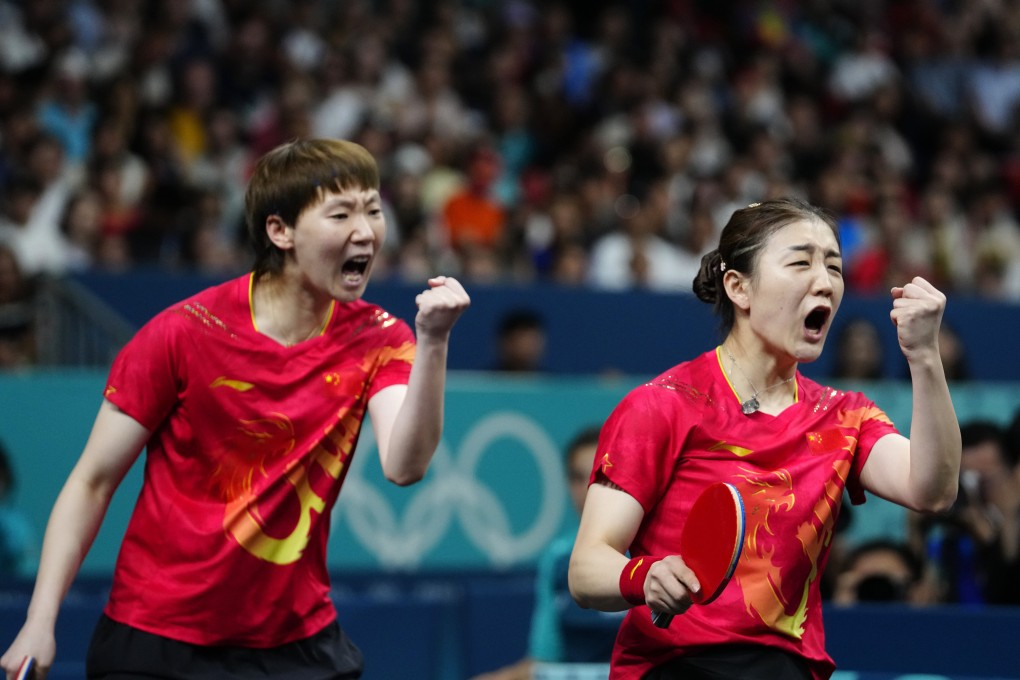Opinion | How to achieve Olympic success? China offers some answers
- The making of victory on the Olympic stage involves a combination of factors, from population and geographic diversity to sufficient funding

China’s swimming team only started competing in the Olympic Games in 1988, and won its first gold medal in the women’s 100m freestyle competition in 1992. Since then, China has produced many gold medallists in swimming, with the majority coming from Jiangsu and Zhejiang provinces, as well as Shanghai. How did China pull off this amazing feat and why have most gold medallists come from the coastal areas of the country?
In the early 1970s, China managed to produce less than one egg per person each week. But between 1978 and 1983 there was a 50 per cent increase in consumption of eggs, followed by continuous subsequent increases. As China became richer, its children grew much taller. Wang notes that at age seven, a boy in urban China was 5.2cm taller in 2002 than in 1992 and a girl was 5.7cm taller.
Parts of China’s east coast have a reputation of being the cradle of Olympic gold medallists, and for good reason. China’s east coast has long been its richest region; the people there are more well fed and physically fit than those elsewhere.

